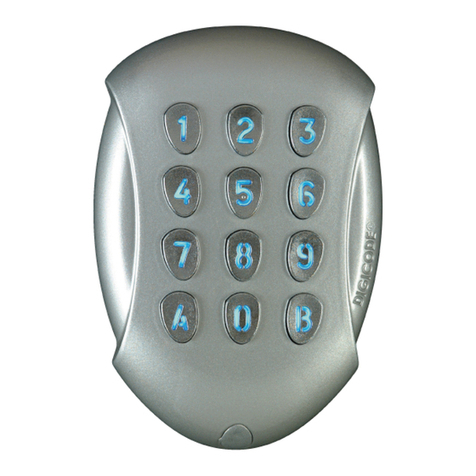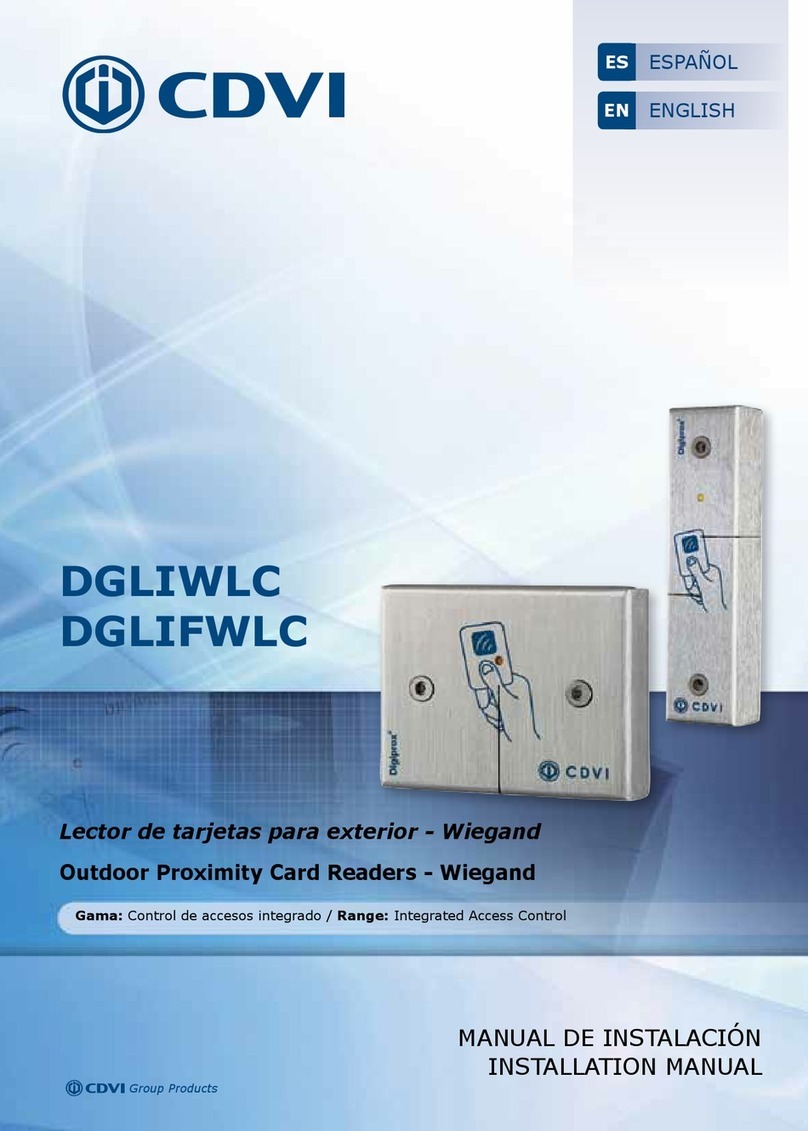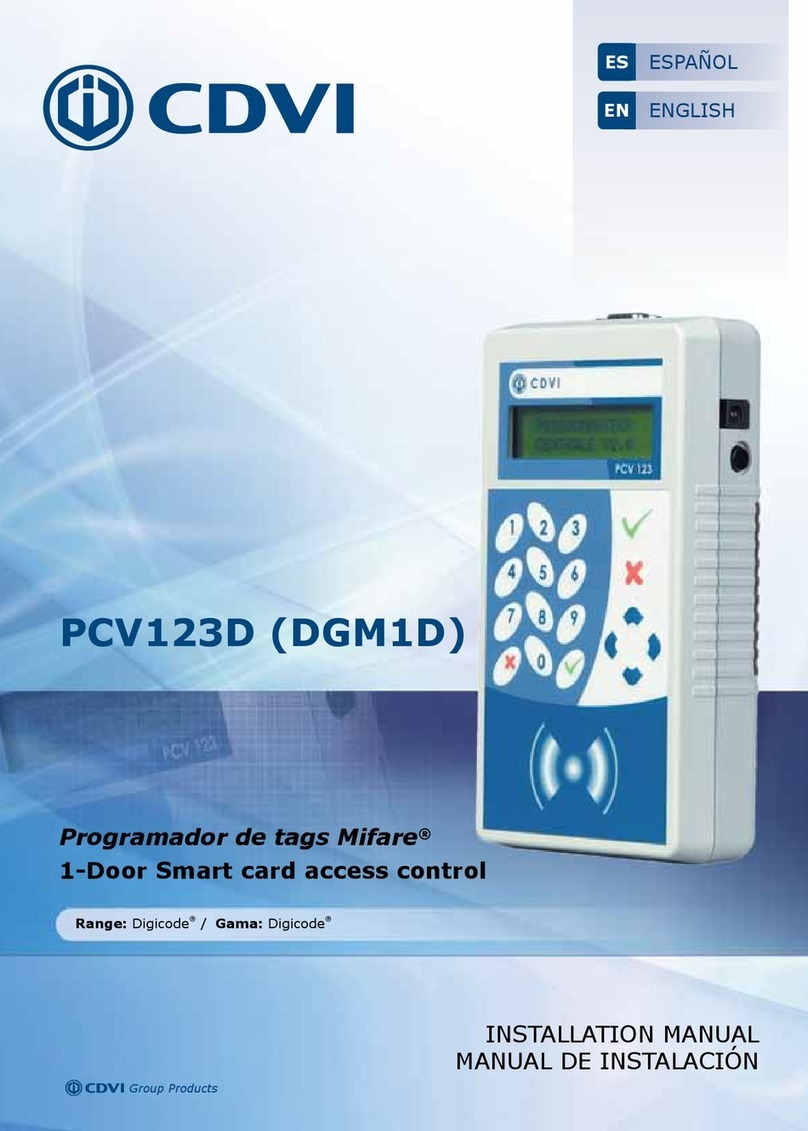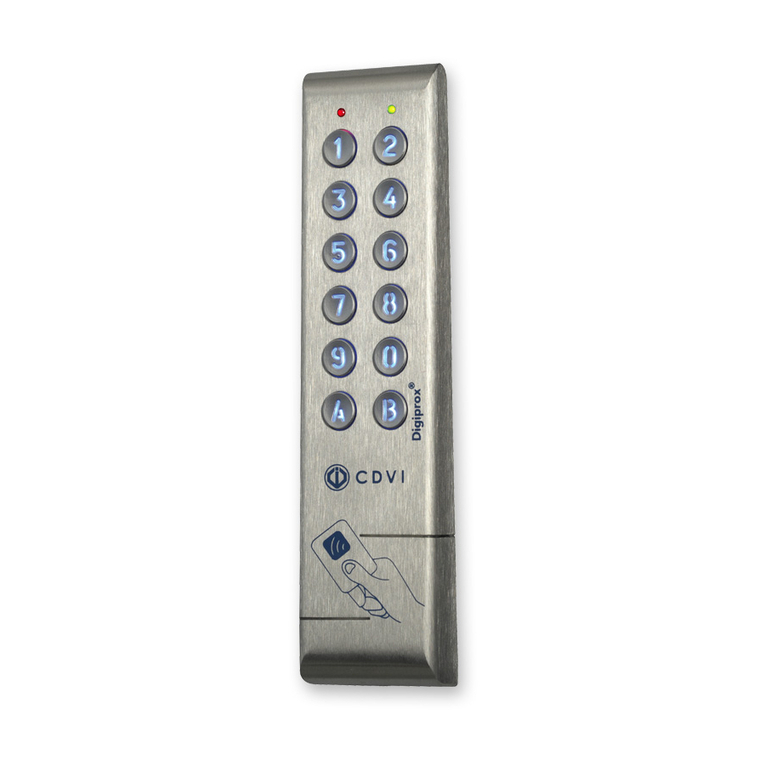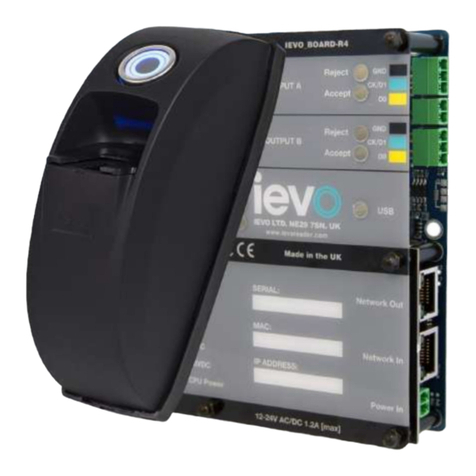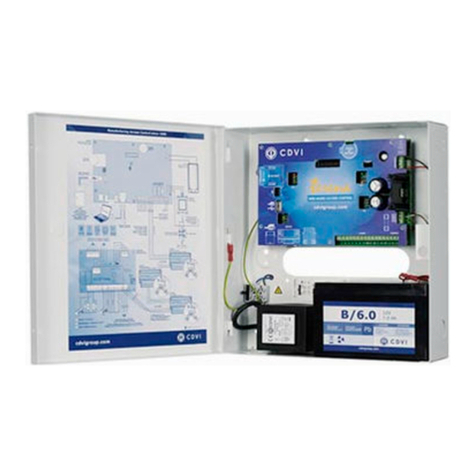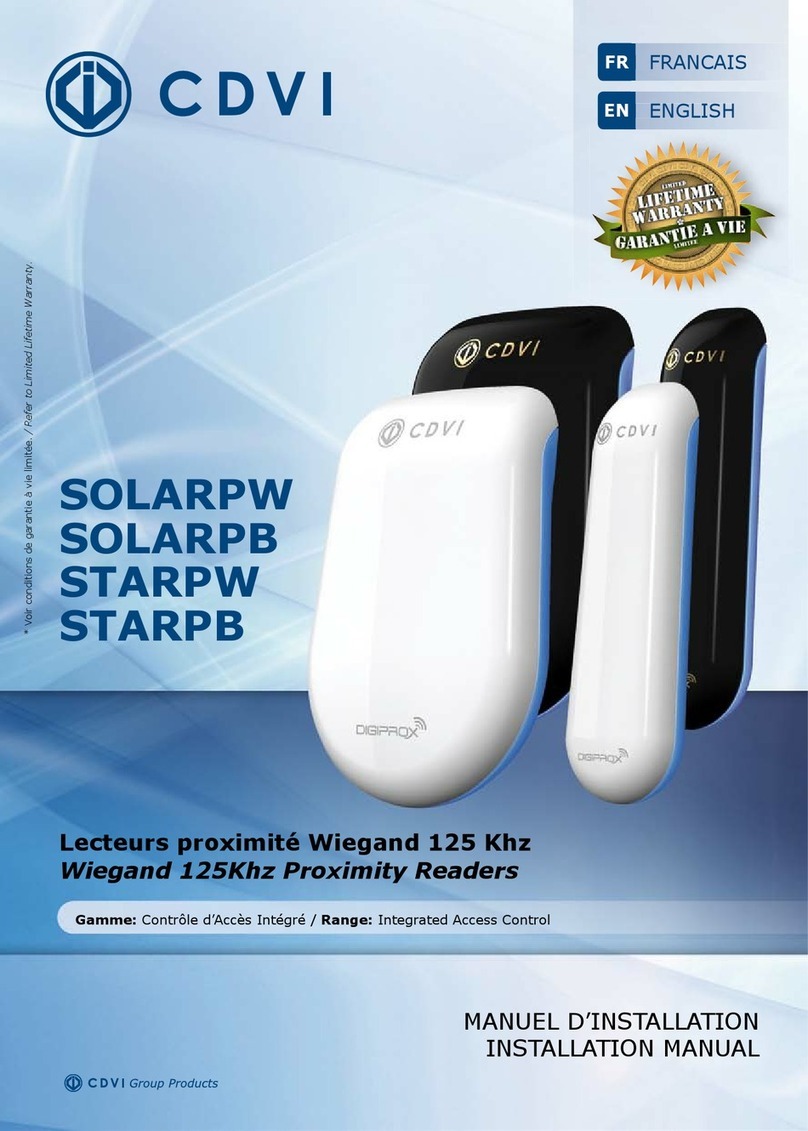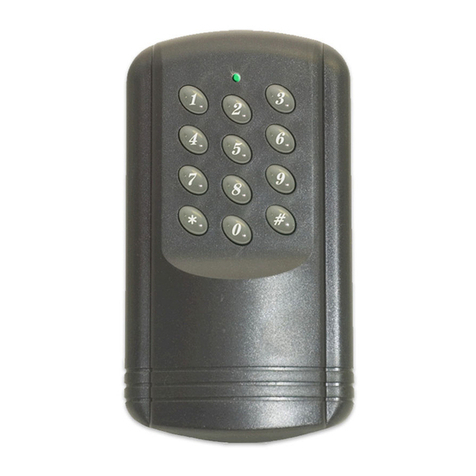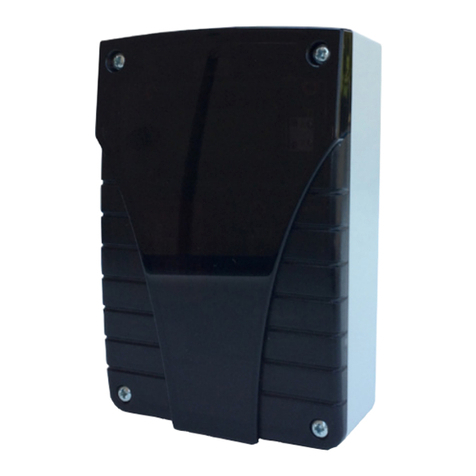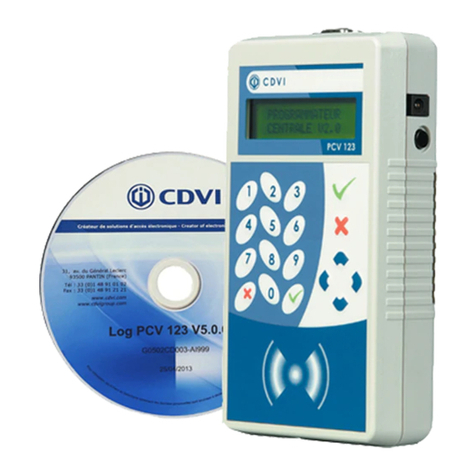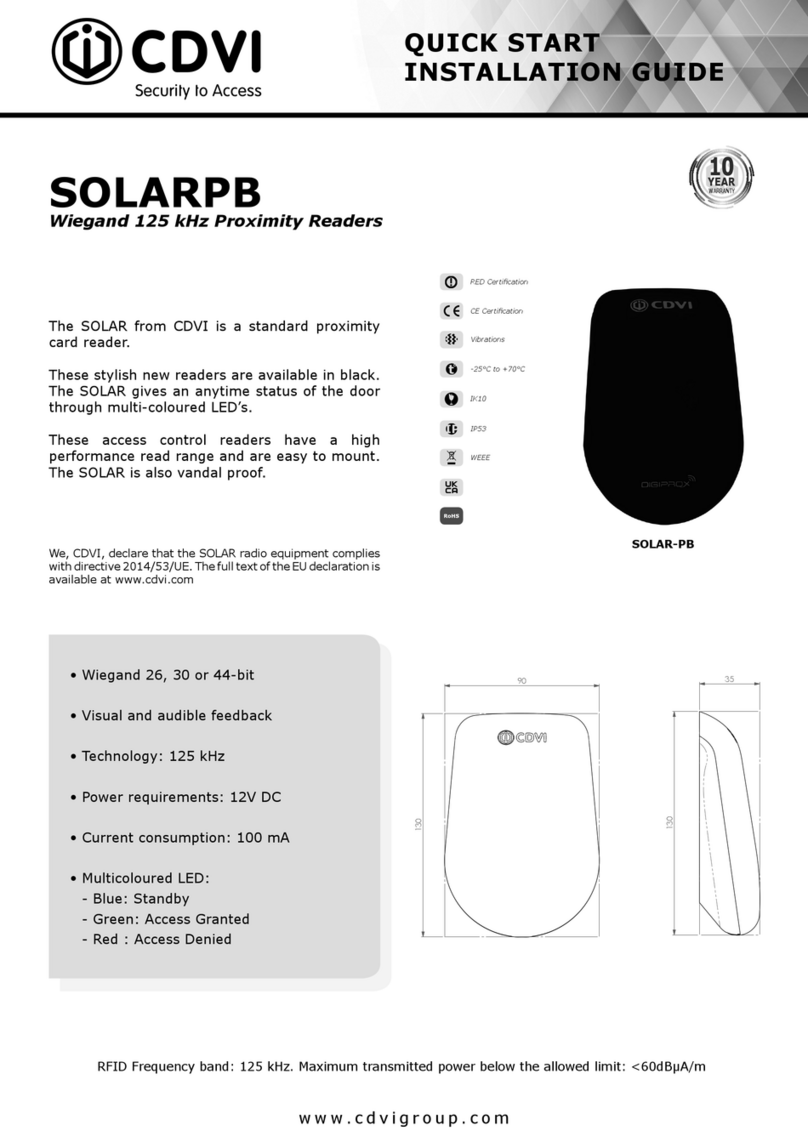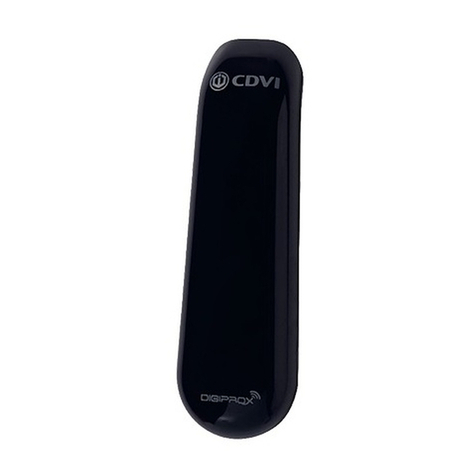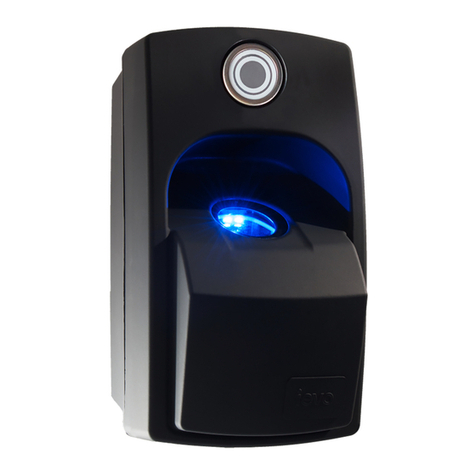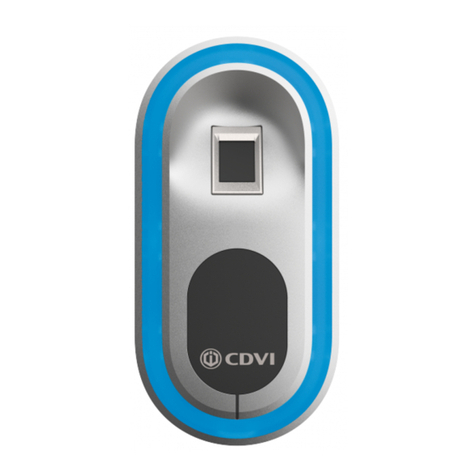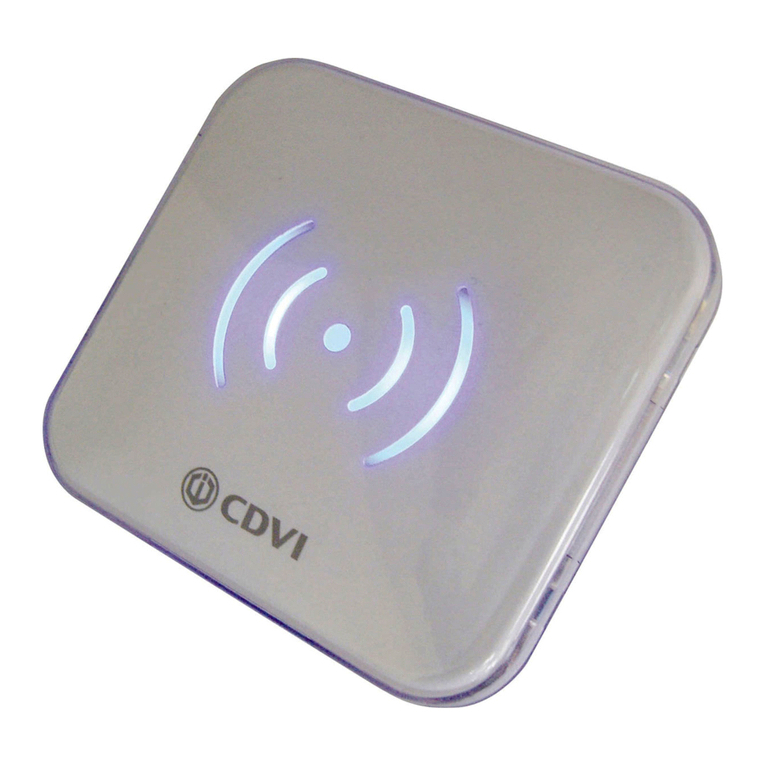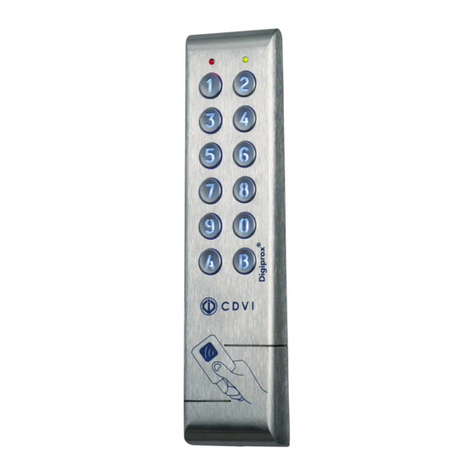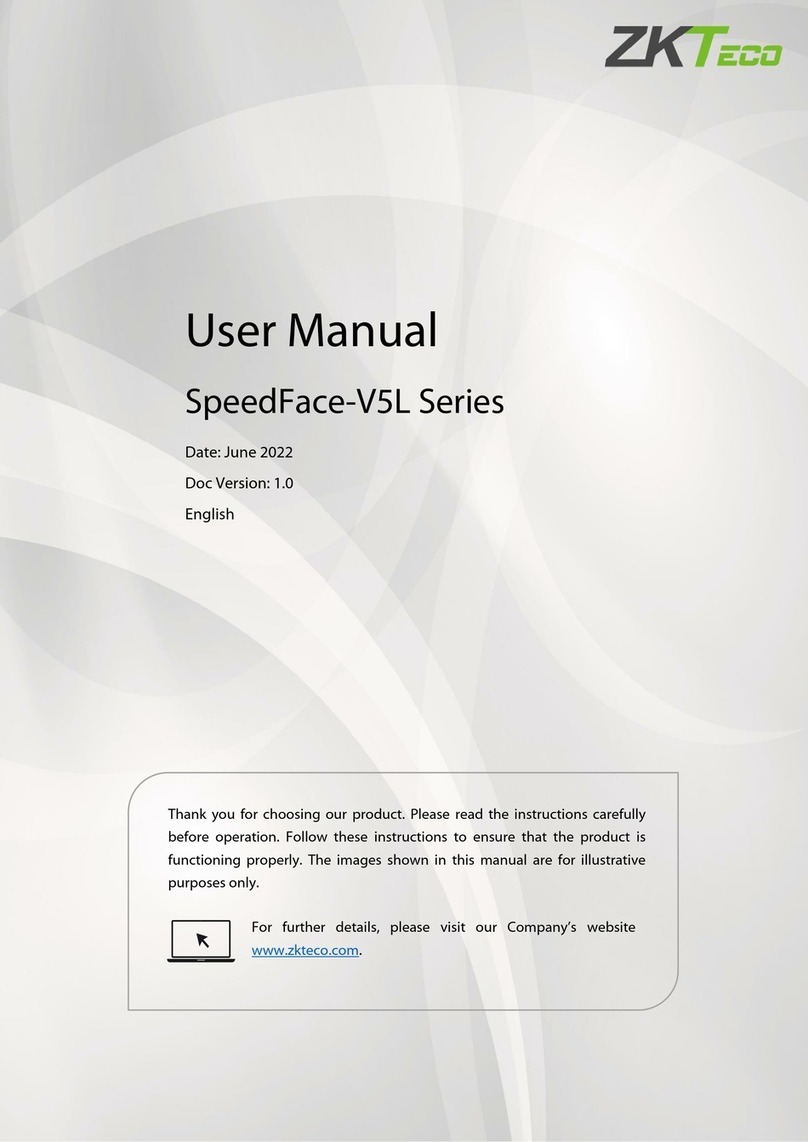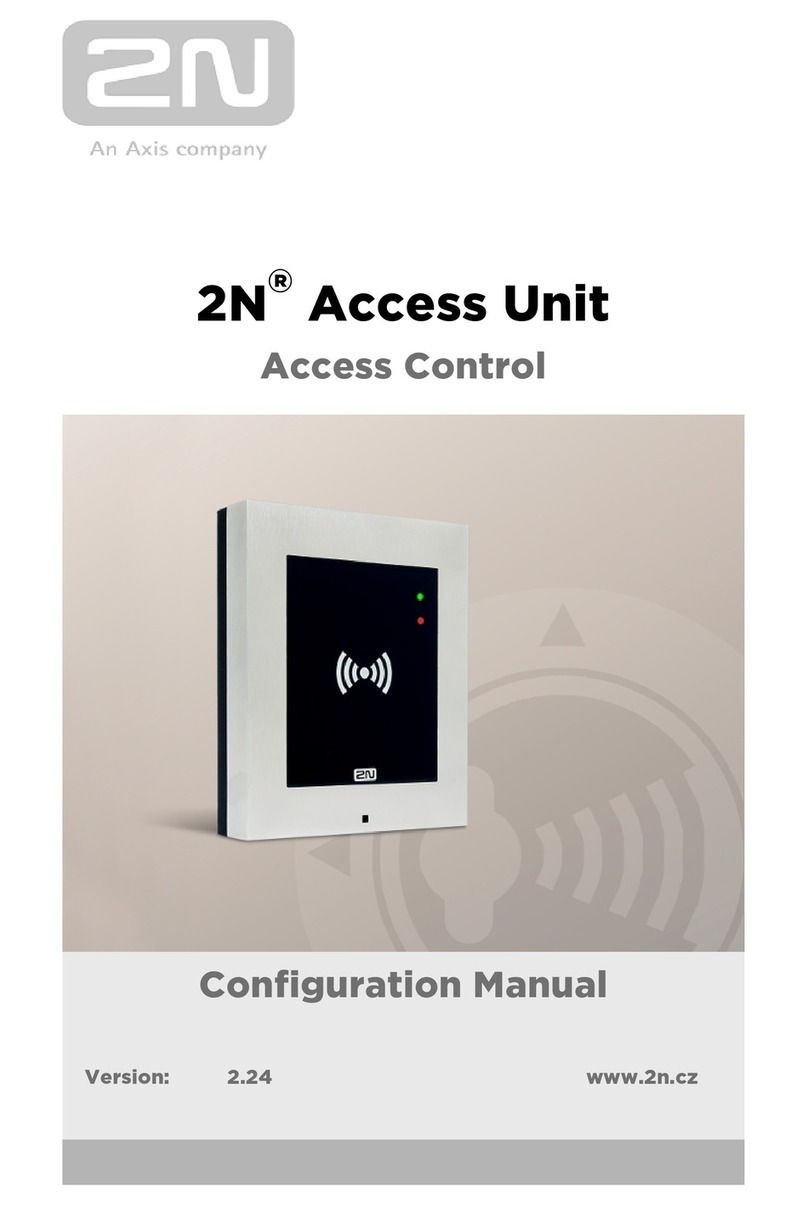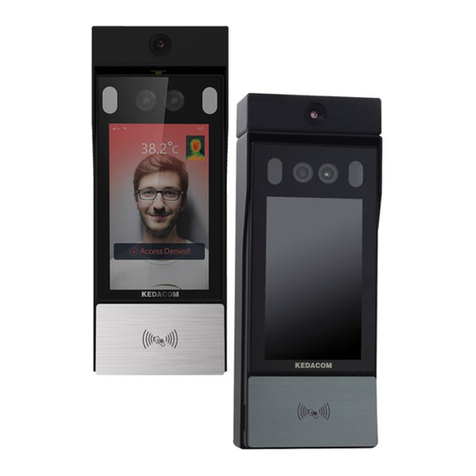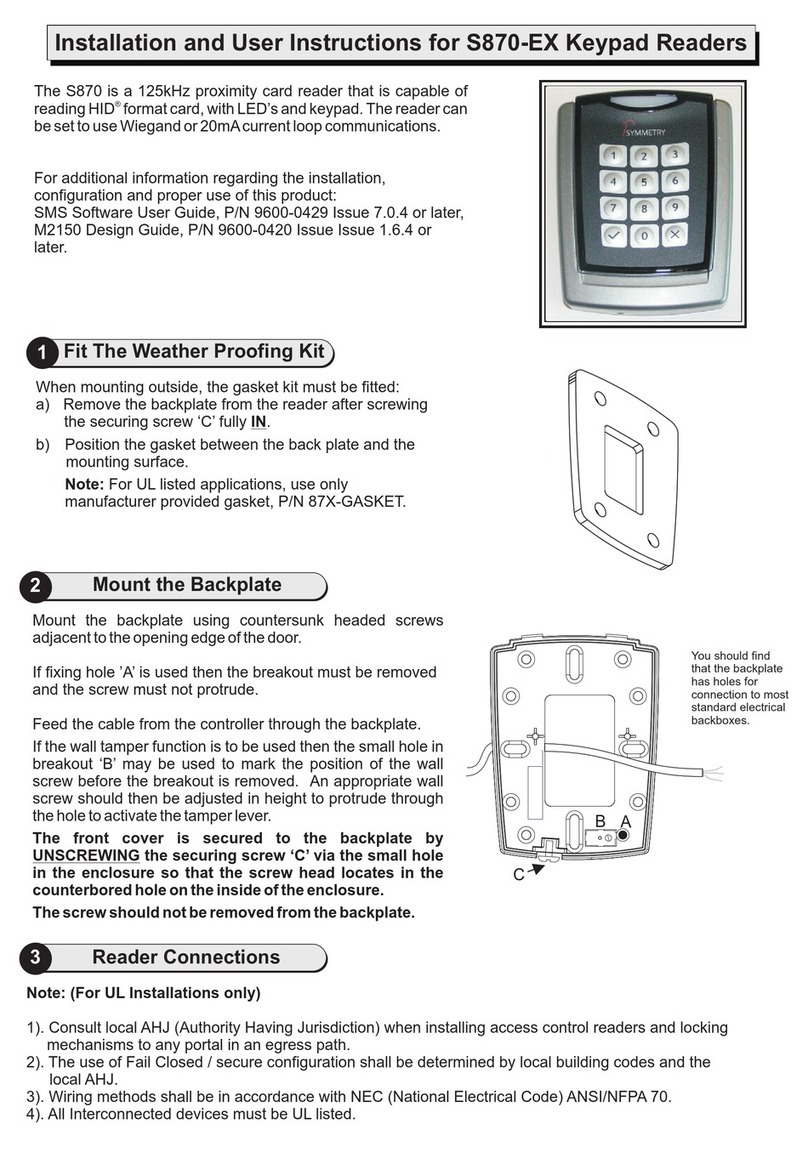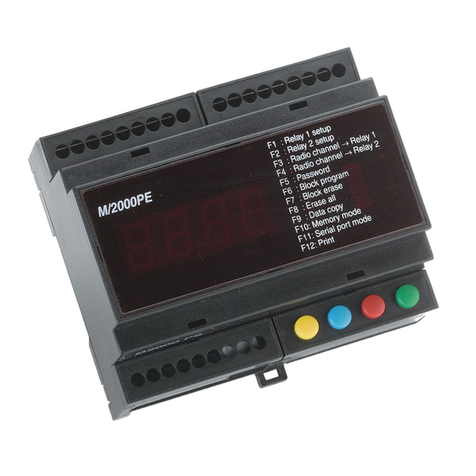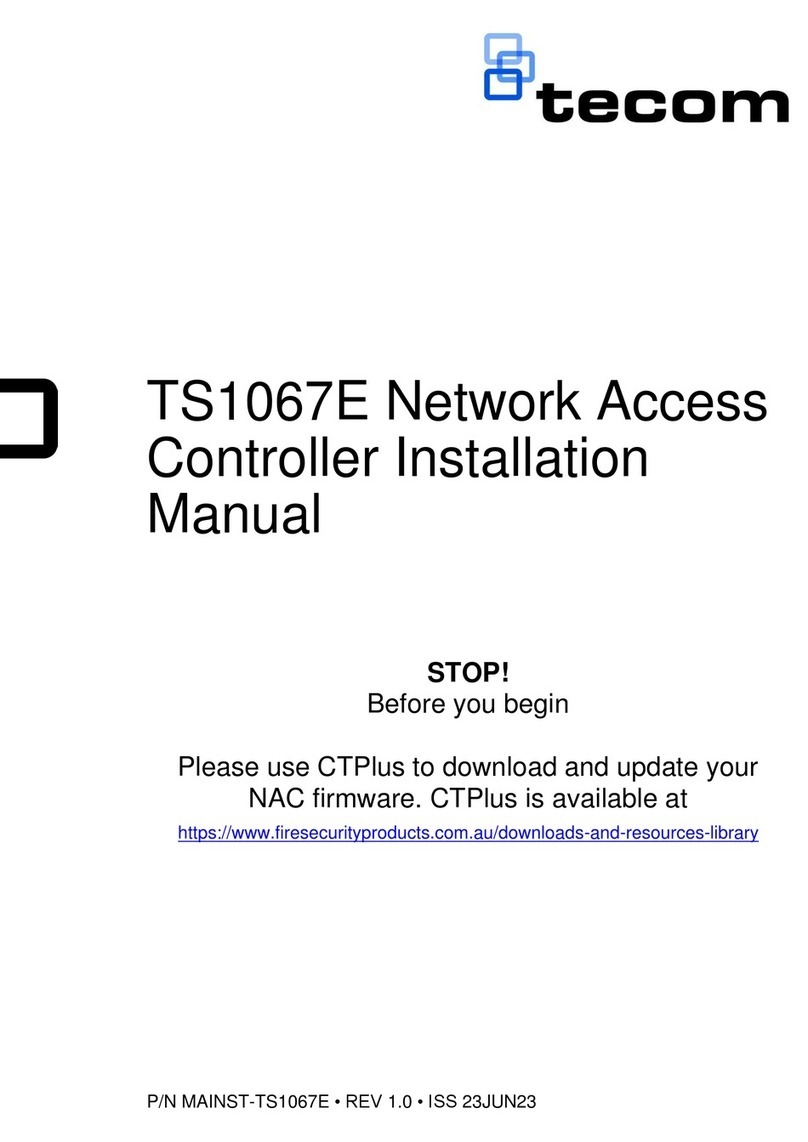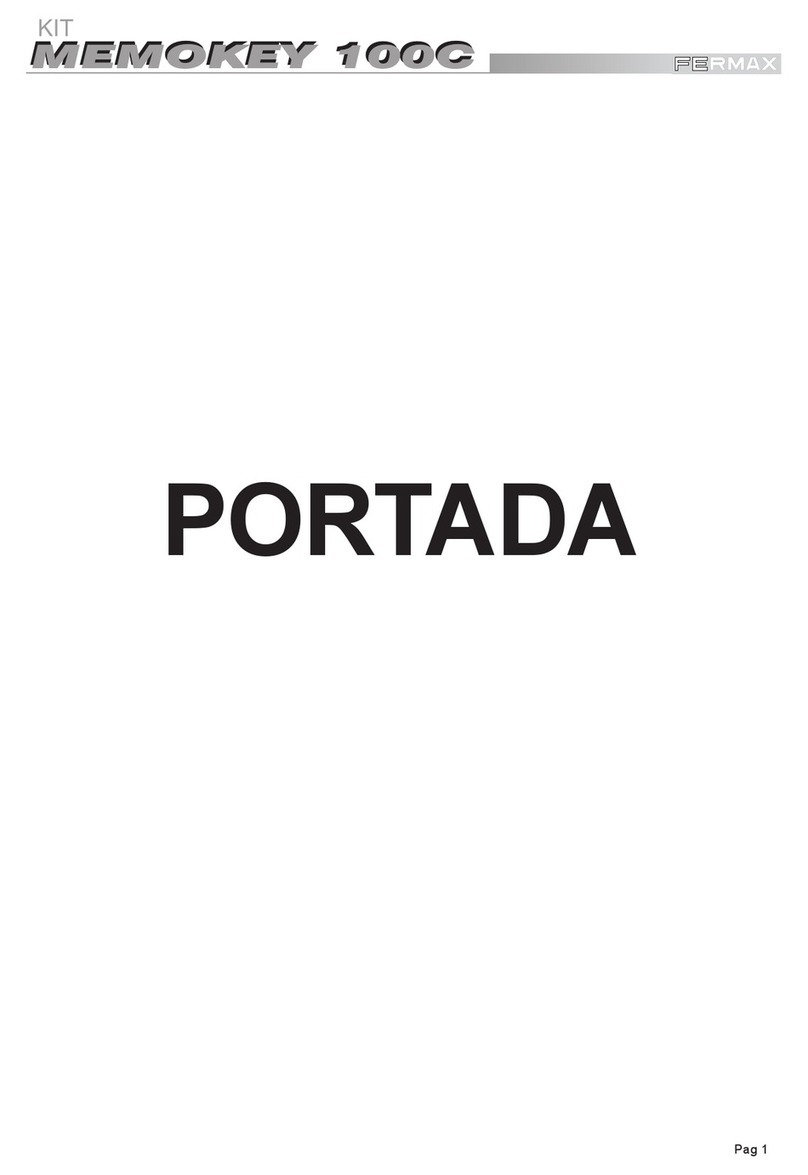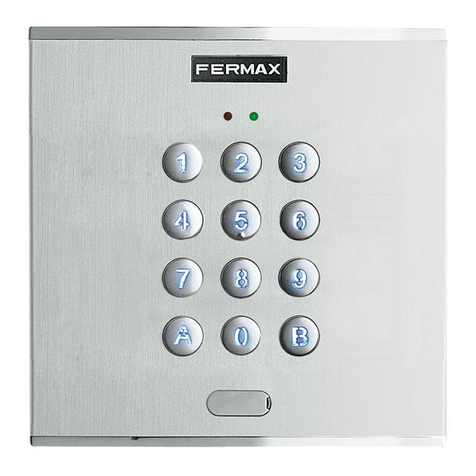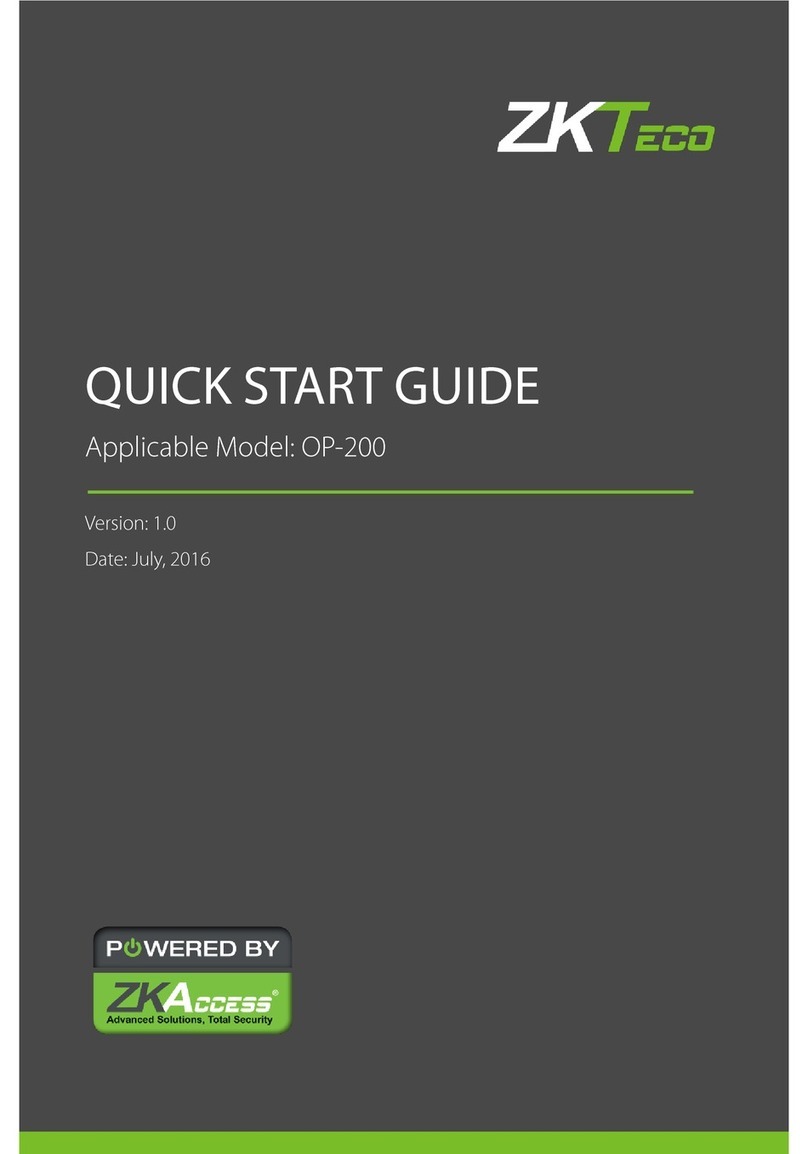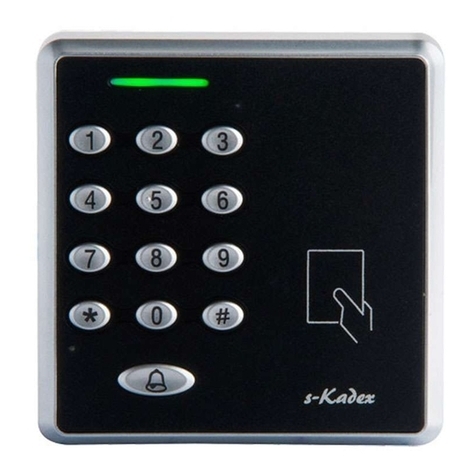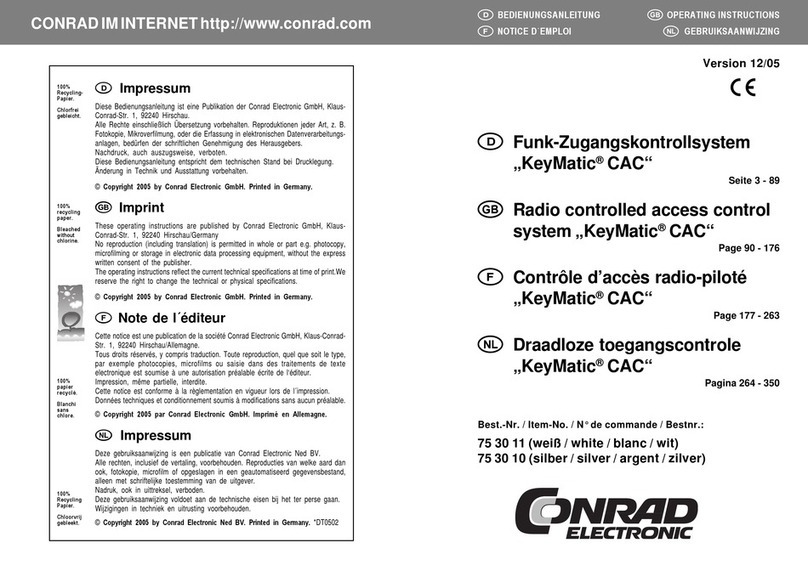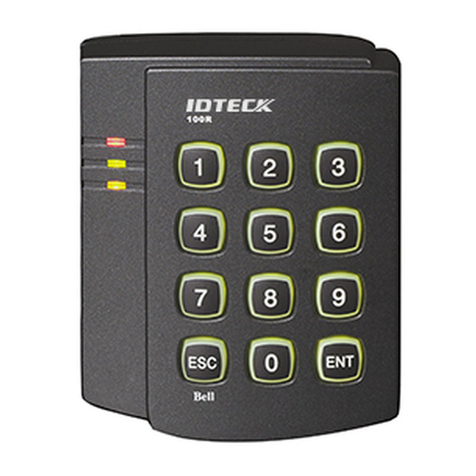
ES
NANOPW - NANOPB
Lector de proximidad Wiegand 125 kHz
MANUAL DE INSTALACIÓN
Protocolo Wiegand 26/30/44 bits.
Conexión directa al control de accesos o a
través del controlador de puerta (INTBUSW).
Electrónica de control sellada en resina epoxi.
Señalización visual y sonora.
3 metros de cable.
Disponible en blanco y negro.
Dimensiones (A x A x P): 70 x 43 x 23 mm.
Tecnología: 125 kHz.
Protocolo: EM4100 (Marin).
Alimentación: 12 V DC.
Consumo: 100 mA.
1] PRESENTACIÓN DE PRODUCTO
3] ELEMENTOS INCLUIDOS
Junta de espuma Tornillo TF
3x30 Taco de plástico
S5
Cabezal para
destornillador
TORX®
Tornillo TORX®
3x8 Varistor
NANOPW(PB)
1 2 2 1 1 1
conforme parte 15
IP53
Gracias por la conanza que ha depositado en CDVI con la adquisición de este
producto.
2] NOTAS Y RECOMENDACIONES
Recomendaciones de
instalación
Para asegurar su instalación, no
se olvide de instalar los varis-
tores incluidos en paralelo a los
dispositivos de cierre.Para una
iluminación óptima, no deje
cable enrollado en el interior del
producto. Deje una distancia
mínima de 20 centímetros entre
dos lectores.
Cableado recomendado
Cable de 4 pares trenzado
0,60 mm (AWG 24).
Fuentes de alimentación reco-
mendadas
ARD12 y BS60, siempre que el
lector no sea alimentado por el
control de accesos o el INTBUSW.
Los lectores deben alimentarse
a 12 Vdc y las fuentes (diseña-
das para ser fuentes de bajo vol-
taje) deben estar conformes a
la norma
EN60950-1:2006/A11:
2009.
Entorno
Si se instalan en un entorno
cercano al mar, se recomienda
barnizar los bornes para prevenir
la oxidación.
Este producto se suministra
con un varistor.
Un varistor regula las sobreten-
siones causadas por la bobina
de la cerradura en su activación;
debe conectarse directamente a los
bornes de la cerradura (electrocer-
radura, ventosa) gestionada por el
equipo.
Si el control de accesos
gestiona varias cerraduras, cada
una debe tener su propio varistor.
En caso de usar una ventosa de
cizalla u otro tipo de cierre, se
recomienda usar una fuente de
alimentación exclusiva para el
cerradero.
2cdvigroup.com
